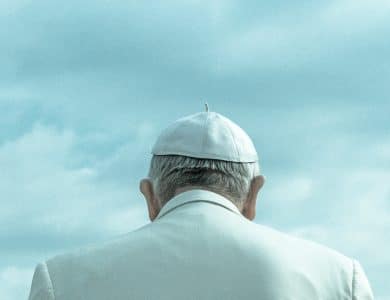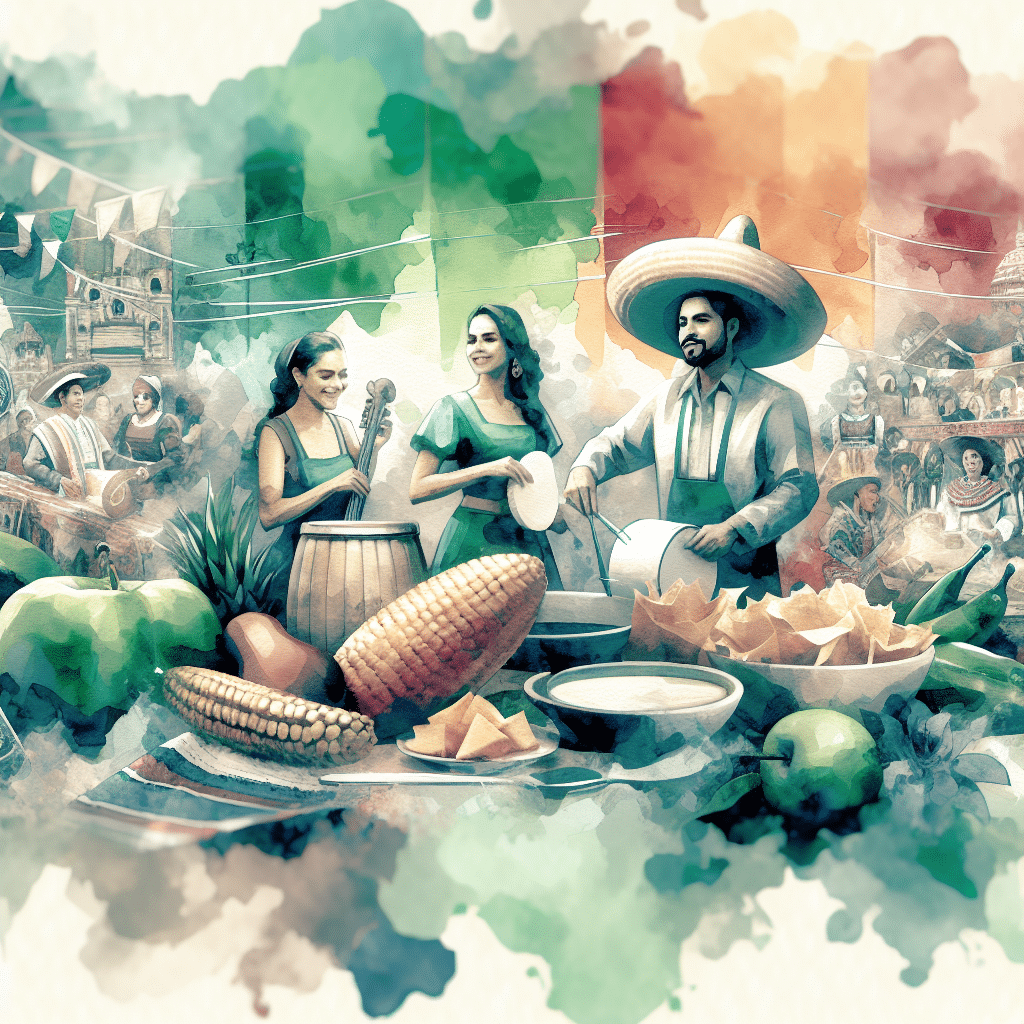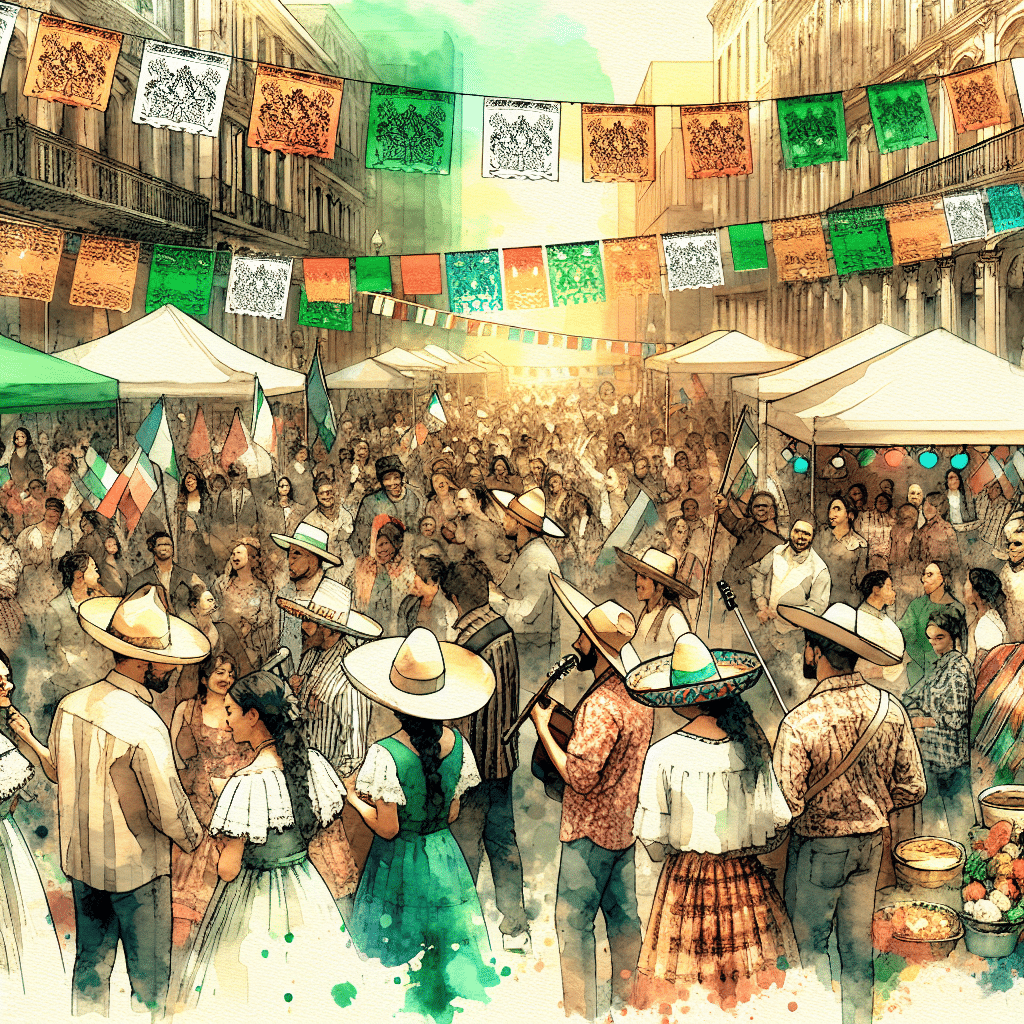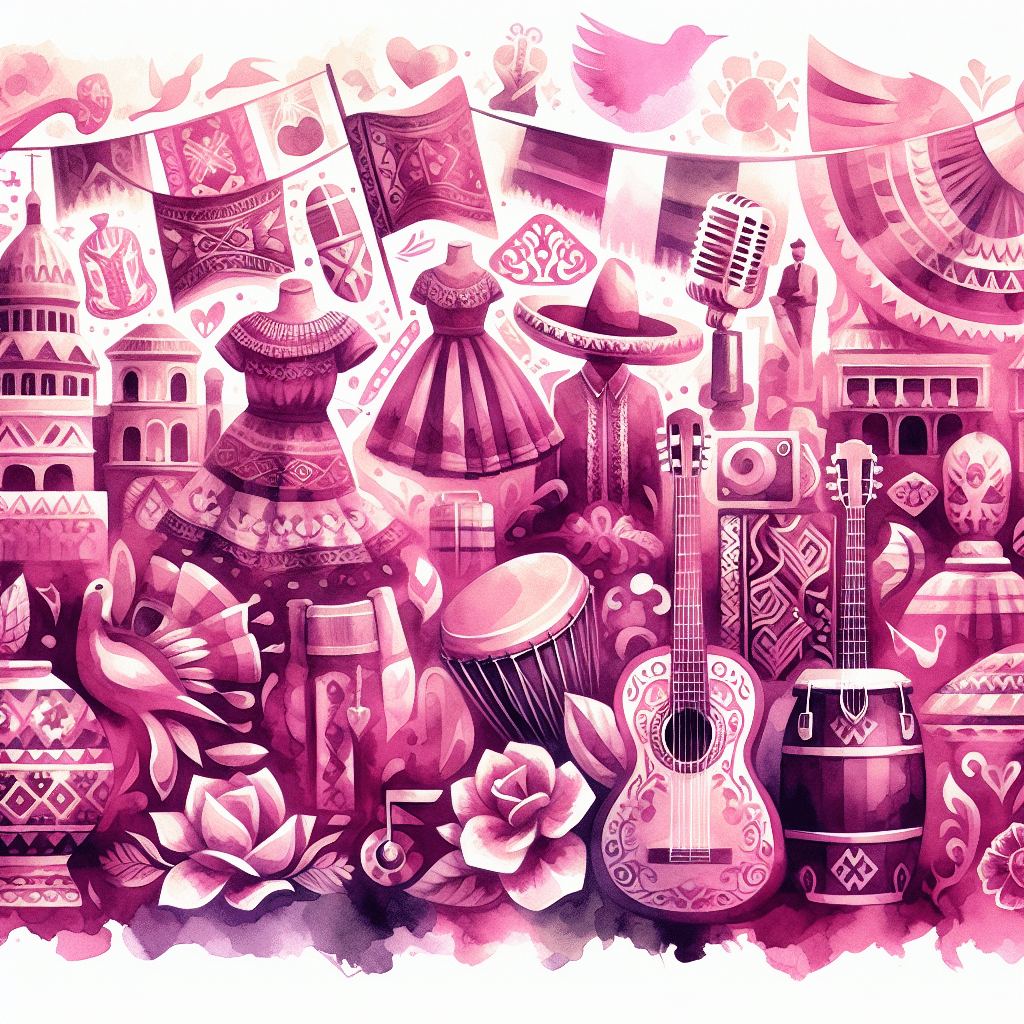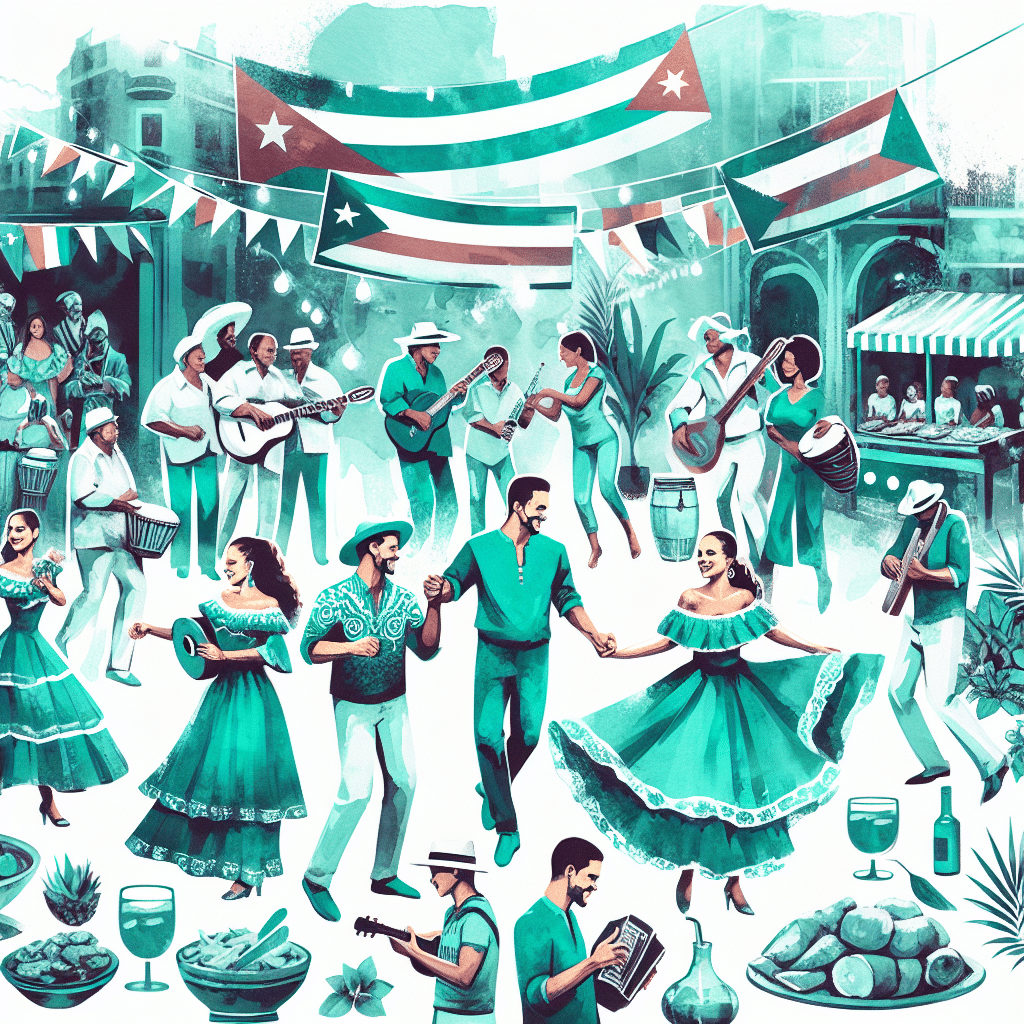
Puerto Rican Festivals: Celebrating Culture, Art, and Traditions
Puerto Rican Festivals and Celebrations
A Burst of Culture
Puerto Rico is famous for its lively mix of indigenous, Spanish, and African traditions. This blend creates a unique cultural scene that shines through in the island’s art, music, dance, and, of course, its many festivals. Almost every weekend, there’s a party somewhere in Puerto Rico, showcasing the island’s rich heritage and giving locals and visitors plenty of chances to join the fun.
| Cultural Influence | Traditions |
|---|---|
| Indigenous | Taino rituals, native crafts |
| Spanish | Catholic holidays, flamenco dancing |
| African | Bomba dance, drumming |
You can see this cultural fusion everywhere—from art museums to colorful murals, from bomba dance lessons to street festivals. Puerto Rican festivals are some of the biggest and most popular events on the island, making them a must-see for anyone wanting to dive into Puerto Rican cultural celebrations.
Holiday Traditions Like No Other
Puerto Ricans are proud to have the longest holiday season in the world, lasting about 45 days, starting right after Thanksgiving and stretching through mid-January. This extended celebration, known as La Navidad, includes everything from Christmas carols to parrandas navideñas, where groups of friends and family go house to house singing traditional songs.
One of the highlights is the Fiesta de Los Reyes Magos, or Three Kings Day, on January 6th. This day commemorates the visit of the Wise Men to baby Jesus and is a big deal in Puerto Rican culture. Kids fill a box with fresh grass for the Wise Men’s camels, a charming tradition that brings families together.
| Holiday | Date | Traditions |
|---|---|---|
| Thanksgiving | Last Thursday of November | Feasts, family gatherings |
| Christmas | December 25 | Church services, gift-giving |
| Three Kings Day | January 6 | Parades, gifts for children |
With over 19 official holidays, Puerto Ricans have plenty of reasons to celebrate. These holidays often feature parades, music, dancing, and lots of traditional Puerto Rican food. The island’s love for celebration is clear in how these events are cherished and passed down through generations. For more on Puerto Rican holiday traditions, visit puerto rican religious celebrations.
So, whether it’s dancing in the streets during the Fiestas de la Calle San Sebastián or sipping on a delicious coquito during Christmas, Puerto Rican cultural celebrations offer a joyous and immersive experience for everyone.
Three Kings Day Celebration
Celebrating the Wise Men
Three Kings Day, or El Día de los Tres Reyes Magos, is a cherished celebration in Puerto Rico, lighting up January 6th every year. This day honors the visit of the Wise Men, or Magi, who journeyed to Bethlehem to present gifts to baby Jesus. Over 25,000 people gather annually in Juana Díaz, where this tradition has been alive for more than 135 years.
In Puerto Rico, kids eagerly await this day, prepping to welcome the Wise Men into their homes. On the eve of Three Kings Day, children cut fresh grass or hay and place it in a shoebox under their beds or Christmas trees. This is meant as a snack for the kings’ camels, who visit during the night. In return, the Magi leave presents for the children, who wake up to find their gifts on January 6th (Discover Puerto Rico).
Traditions and Festivities
Three Kings Day is a highlight of the holiday season in Puerto Rico. The festivities are packed with parades, music, food, and fun. The Three Kings travel from Juana Díaz, making stops across the island, leading parades and handing out presents and candy to children. These parades are lively events, with colorful costumes, traditional music, and performances.
The celebration also features a traditional holiday menu with local favorites like pernil (roast pork), arroz con gandules (rice with pigeon peas), pasteles (a type of tamale), tembleque (coconut pudding), and arroz con dulce (sweet rice pudding).
| Traditional Puerto Rican Holiday Menu | Description |
|---|---|
| Pernil | Roast pork, marinated with spices and slow-cooked to perfection. |
| Arroz con Gandules | Savory rice dish with pigeon peas, seasoned with sofrito and other spices. |
| Pasteles | Tamale-like dish made from green bananas and filled with meat, wrapped in banana leaves. |
| Tembleque | Creamy coconut pudding, often topped with cinnamon. |
| Arroz con Dulce | Sweet rice pudding flavored with coconut, cinnamon, and cloves. |
Local artisans in Puerto Rico also create artistic representations of the Three Kings. These can be found in various forms, from wooden carvings (tallados) to ceramic figures and even as subjects in paintings and mosaics. Interestingly, the Puerto Rican Magi are often depicted riding horses instead of camels (Discover Puerto Rico).
In Juana Díaz, the arrival of the Magi is a grand event. The town hosts the longest-standing and most visited Three Kings Day festival on the island, celebrated for over 130 years. The Magi lead a parade through the town, creating a magical experience for both kids and adults alike (Discover Puerto Rico).
Adding to the festive spirit, the Museo de los Santos Reyes in Puerto Rico is dedicated exclusively to the history of Three Kings Day. This museum showcases the significance of the Magi in Puerto Rican culture, offering visitors a deeper understanding of this cherished tradition.
The holiday season in Puerto Rico doesn’t end with Three Kings Day. January 7th kicks off Las Octavitas, leading up to Las Fiestas de la Calle San Sebastián, starting a new cycle of festivals throughout the year. For more details on these events, check out our articles on Puerto Rican festival traditions and Puerto Rican fiestas patronales.
Fiestas de la Calle San Sebastián
Ready to party like there’s no tomorrow? Let’s jump into one of Puerto Rico’s most legendary celebrations: the Fiestas de la Calle San Sebastián!
Old San Juan Street Festival
Every third week of January, Old San Juan turns into a massive outdoor bash known as “la SanSe.” This multi-day fiesta marks the unofficial end of the Christmas season, keeping the holiday vibes alive well into January.
The streets of Old San Juan become a carnival of food stalls, arts and crafts, and enough drinks to keep the party going. It’s a sensory explosion of colors, sounds, and smells. Local artists show off their vibrant paintings, handmade jewelry, and other crafts. Live music and spontaneous dancing fill the air with joy and rhythm, making it a true celebration of Puerto Rican culture.
| Event Highlights | Description |
|---|---|
| Food Stalls | Traditional Puerto Rican dishes and street food |
| Arts & Crafts | Local artists and artisans showcase their creations |
| Alcoholic Beverages | A variety of drinks to keep the party lively |
| Live Music | Bands and DJs playing everything from salsa to reggaeton |
| Dancing | Impromptu dance-offs and planned performances |
| Circus Performances | Fun acts for all ages |
Colorful Parades and Performances
One of the festival’s highlights is the parade of the Cabezudos. Imagine people in giant masks and big-headed puppets representing characters from Puerto Rican folklore marching down the streets. It’s like a fun, slightly spooky, live-action cartoon.
The festival also features circus performances, adding an extra layer of excitement. From acrobats to jugglers, these acts captivate audiences of all ages. The mix of traditional and modern elements in these performances showcases the island’s rich cultural heritage.
Curious about more Puerto Rican celebrations? Check out our article on Puerto Rican festival traditions or dive into the various Puerto Rican religious celebrations that add to the island’s vibrant cultural tapestry.
The Fiestas de la Calle San Sebastián is more than just a festival; it’s a cultural phenomenon that captures the spirit and passion of Puerto Rico. Whether you’re a local or a visitor, this celebration offers a unique chance to dive into the island’s rich cultural heritage. So, put on your dancing shoes, grab a coquito, and join the fun!
For more on Puerto Rican festivals, visit our page on Puerto Rican fiestas patronales and discover the island’s year-round celebrations.
Festivals Across Puerto Rico
Puerto Rico is a party lover’s paradise, where almost every weekend is a reason to celebrate. From music and dance to food and parades, these lively events showcase the island’s rich heritage and vibrant spirit. Let’s check out the diverse cultural events and popular celebrations that make Puerto Rican festivals unforgettable.
Cultural Events Galore
Puerto Rico’s festivals cater to all sorts of interests, blending indigenous, African, and Spanish influences. Here’s a taste of what you can expect:
- Fiestas de la Calle San Sebastián: Held in Old San Juan during the third week of January, this is Puerto Rico’s biggest street party. Think food stalls, arts and crafts, live music, circus acts, and the famous parade of the Cabezudos.
- Ponce Carnival (Carnaval Ponceño): This week-long February bash features traditional bomba and plena music, vejigantes (costumed characters with demon masks), and the quirky Burial of the Sardine procession (Puerto Rico Activities).
- Saborea Puerto Rico: An annual food fest where top chefs from around the globe cook alongside local talent, offering a mix of traditional Puerto Rican dishes, modern culinary creations, and international flavors.
- Festival de la Novilla: Celebrated in San Sebastián, this festival honors Puerto Rico’s agricultural roots with a parade led by a flower-crowned cow, live music, artisans, and amusement park rides.
Fun and Festivities
Puerto Rican festivals are all about community spirit and celebrating life. Here are some highlights you won’t want to miss:
- Live Music: Festivals often feature live performances of salsa, reggaeton, bomba, and plena, showcasing Puerto Rico’s rich musical heritage.
- Amusement Rides: From Ferris wheels to carousels, many festivals include rides that are fun for the whole family.
- Colorful Parades: Expect elaborate floats, traditional costumes, and energetic dancers at many Puerto Rican festivals.
- Delicious Food: Festivals are a foodie’s dream, offering a variety of Puerto Rican dishes like lechón (roast pork), alcapurrias (fried stuffed fritters), and arroz con gandules (rice with pigeon peas).
| Festival Name | Month | Key Attractions |
|---|---|---|
| Fiestas de la Calle San Sebastián | January | Parade of the Cabezudos, live music, arts and crafts |
| Ponce Carnival | February | Bomba and plena music, vejigantes, Burial of the Sardine |
| Saborea Puerto Rico | April/May | Culinary creations, local rum and cocktails |
| Festival de la Novilla | January | Agricultural parade, live music, artisans |
For more details on the island’s rich festival traditions, explore our article on Puerto Rican Festival Traditions.
Whether you’re into grand parades or mouth-watering food, Puerto Rican festivals have something for everyone. Dive into the island’s vibrant cultural scene by attending these events and immerse yourself in the joyous celebrations that make Puerto Rico truly special. For more info on specific festival highlights, visit our page on Puerto Rican Festival Highlights.
Traditional Puerto Rican Cuisine
Puerto Rican celebrations are a feast for the senses, with food that’s as lively and colorful as the island itself. From hearty main dishes to mouth-watering desserts, Puerto Rican cuisine is a celebration in every bite.
Holiday Menus and Delicacies
During the holidays, Puerto Rican tables overflow with traditional dishes that showcase the island’s rich culinary heritage. The classic holiday spread includes local favorites like pernil, arroz con gandules, pasteles, tembleque, and arroz con dulce (Discover Puerto Rico). Let’s dig into these delicious treats:
- Pernil: This juicy roast pork shoulder, seasoned with garlic, oregano, and adobo, is the star of many Puerto Rican holiday feasts.
- Arroz con Gandules: A savory rice dish cooked with pigeon peas, sofrito, and spices. It’s a must-have on any Puerto Rican holiday table.
- Pasteles: Think of these as tamale-like patties made from green bananas and stuffed with meat, olives, and capers. Wrapped in banana leaves and boiled to perfection.
- Tembleque: A creamy coconut pudding sprinkled with cinnamon, perfect for satisfying your sweet tooth.
- Arroz con Dulce: A sweet rice pudding made with coconut milk, cinnamon, and raisins.
| Dish | Main Ingredients | Notes |
|---|---|---|
| Pernil | Pork shoulder, garlic, oregano | Main dish |
| Arroz con Gandules | Rice, pigeon peas, sofrito | Side dish |
| Pasteles | Green bananas, meat, olives | Wrapped in banana leaves |
| Tembleque | Coconut milk, cinnamon | Dessert |
| Arroz con Dulce | Rice, coconut milk, raisins | Dessert |
For more on Puerto Rican holiday food traditions, check out our article on Puerto Rican Festival Traditions.
Coquito: The Iconic Holiday Drink
Move over eggnog, Puerto Rico has Coquito—a holiday drink that packs a punch. This thick, creamy concoction is made with coconut milk, sweetened condensed milk, evaporated milk, rum, and spices (Discover Puerto Rico). It’s usually served chilled in shot glasses, making it the perfect drink to beat the heat of warm winter days.
| Ingredient | Quantity |
|---|---|
| Coconut milk | 1 can |
| Sweetened condensed milk | 1 can |
| Evaporated milk | 1 can |
| Rum | 1 cup (adjust to taste) |
| Spices (cinnamon, nutmeg, cloves) | To taste |
No Puerto Rican holiday is complete without a glass (or two) of Coquito. Whether you’re sipping it by the beach or in the comfort of your own home, this drink brings a bit of Puerto Rican cheer to your festivities.
If you’re interested in more festive drinks and foods, check out our in-depth guide on Puerto Rican Religious Celebrations.
By exploring these delectable dishes and iconic beverages, you’ll get a true taste of Puerto Rican cultural celebrations. From the savory flavors of pernil to the sweet richness of Coquito, Puerto Rican cuisine offers a culinary adventure like no other.
Bomba: Puerto Rico’s Cultural Dance
Bomba, one of Puerto Rico’s oldest traditions, isn’t just a dance; it’s a heartbeat of history, emotion, and identity. Let’s take a closer look at its roots and how it’s changed over time.
Historical Roots and Significance
Bomba came to Puerto Rico with enslaved Africans centuries ago. This dance is a lively and vital part of Puerto Rican culture, symbolizing resistance, resilience, and community (Discover Puerto Rico). It’s a mix of music, instruments, and dance, each playing a key role in expressing emotions from joy to sorrow.
The heart of bomba’s music is its rhythms, played on traditional drums like the buleador and subidor. The dance itself is a lively conversation between the dancer and the drummer, with the dancer’s moves setting the rhythm. This unique interaction makes each bomba performance a deeply personal and communal experience.
Evolution and Modern Influence
Bomba has changed a lot over the years. It used to be a male-dominated space, but trailblazing women like Caridad Brenes de Cepeda have shaken things up. By adding more powerful dance moves with their skirts, women have used bomba to challenge oppression and express frustrations about inequality and gender gaps.
Today, bomba is a vibrant part of Puerto Rican celebrations. The genre has influenced other popular music styles like salsa and reggaetón, showing its lasting impact on the island’s music scene.
Places like the Don Rafael Cepeda School of Bomba and El batey de los Hermanos Ayala offer chances to learn bomba drumming and dancing. Weekly performances at spots like La Terraza de Bonanza and El Boricua let visitors dive into this rich cultural tradition.
| Venue | Activity | Location |
|---|---|---|
| Don Rafael Cepeda School | Bomba Drumming & Dancing Classes | San Juan |
| El batey de los Hermanos Ayala | Bomba Performances | Loíza |
| La Terraza de Bonanza | Weekly Bomba Shows | Santurce |
| El Boricua | Live Bomba Music | Río Piedras |
Bomba is a testament to Puerto Rico’s rich history and cultural identity. For more insights into Puerto Rican festival traditions and fiestas patronales in Puerto Rico, check out our related articles.
Art and Music in Puerto Rico
Colorful Art Scene
Puerto Rico’s art scene is like a visual fiesta. Imagine walking through streets splashed with vibrant murals, popping into contemporary art museums, and exploring eclectic galleries that tell the Island’s rich story. The art here is as lively as the folks who create it.
Take a stroll through Santurce and visit the Museo de Arte de Puerto Rico. This museum is a treasure trove of classic pieces dating back to the 17th century. It’s like stepping into a time machine, but with way better lighting. Then, hop over to the Museo de Arte Contemporáneo for a taste of modern flair. Feeling adventurous? Distrito T-Mobile is the place to be. Here, you’ll find mosaics, murals, sculptures, and installations by Puerto Rican artists that will make your Instagram pop (Discover Puerto Rico).
Musical Melting Pot
When it comes to music, Puerto Rico is the ultimate DJ. The Island’s musical heritage is a mix of sounds, from traditional salsa to softer beats like trova and bomba y plena. Imagine a place where every corner has a beat, and every street is a dance floor.
Bomba, for example, is considered the precursor to salsa and reggaetón. This traditional dance has deep roots on the Island and is a must-see for anyone looking to feel the rhythm of Puerto Rico’s African heritage.
Salsa isn’t just music; it’s a way of life. It’s the soundtrack for festivals, parties, and even your morning coffee. And let’s not forget about reggaetón, the genre that has taken the world by storm. Puerto Rico is the birthplace of this global phenomenon, and you can feel its pulse everywhere you go.
If you want to dig deeper into Puerto Rican musical traditions, check out our article on Puerto Rican festival traditions. And for those curious about the dance styles, explore Puerto Rican festival parades for a closer look at how these musical genres come alive during celebrations.
In Puerto Rico, art and music are more than just cultural expressions; they are the heartbeat of the Island. Whether you’re exploring vibrant murals or dancing to the beat of bomba, you’ll find that the spirit of Puerto Rican cultural celebrations is alive and thriving.
Puerto Rican Cultural Identity
Rich History and Heritage
Puerto Rico, a Caribbean gem, is a melting pot of indigenous, Spanish, and African influences. This blend, over 500 years in the making, shines through in the Island’s art, music, and dance. From art museums to colorful murals and bomba dance lessons, Puerto Rico proudly displays its diverse cultural heritage.
The Island’s festivals, like the Fiestas de la Calle San Sebastián, are a lively testament to this rich history. Almost every weekend, locals and visitors can dive into a festival or event that showcases Puerto Rico’s vibrant culture and heritage.
| Cultural Element | Influence |
|---|---|
| Art Museums | Spanish, Indigenous |
| Murals | Contemporary, African |
| Bomba Dance | African, Spanish |
| Festivals | Indigenous, Spanish, African |
Keeping Traditions Alive
From Three Kings Day parades in January to year-round street celebrations, Puerto Ricans excel at keeping their traditions alive. These events aren’t just parties; they’re a way of life that binds the community, preserving the Island’s unique cultural identity.
Whether it’s sipping coquito during the holidays or joining the lively parades of Puerto Rican fiestas patronales, locals take immense pride in their heritage. The Fiestas de la Calle San Sebastián, for instance, is a burst of color, music, and dance that draws thousands each year, offering a peek into the soul of Puerto Rican culture (Discover Puerto Rico).
| Event | Description |
|---|---|
| Three Kings Day | Parades, gift-giving |
| Coquito | Traditional holiday drink |
| Fiestas de la Calle San Sebastián | Music, dance, parades |
Puerto Rico’s cultural identity isn’t just preserved; it’s celebrated through these traditions, making the Island a must-visit for anyone eager to experience a warm and vibrant culture. For a closer look at the Island’s unique celebrations and their role in its cultural fabric, check out our article on Puerto Rican festival traditions.

